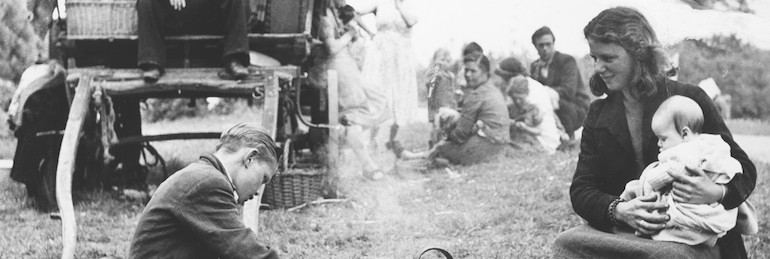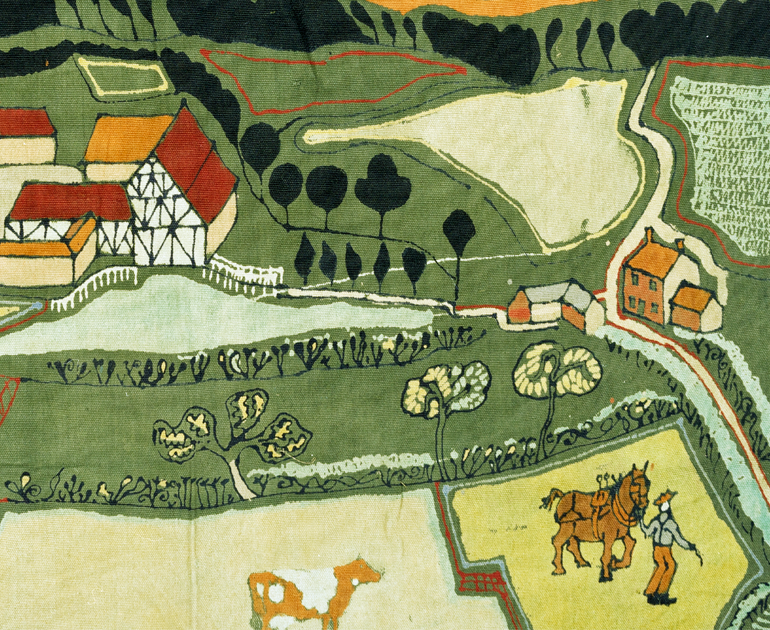51 Voices: A growing understanding
This January, The MERL embarked on 51 Voices, a new year-long project celebrating the museum’s seventieth anniversary in 2021. Throughout the year, we will be working with a range of writers, artists and different communities to give contemporary voice to fifty-one objects and archives in The MERL collection connected in myriad ways to our founding year. […]
Great Inventions
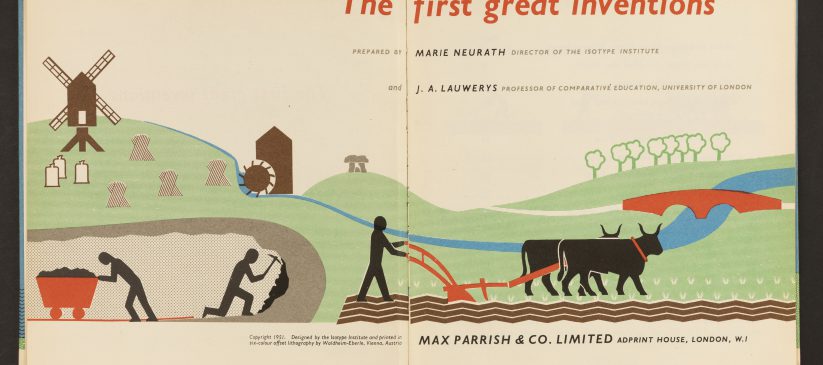
Marie Neurath and Joseph Lauwerys, The first great inventions (Max Parrish, 1951) This children’s book was designed using a graphic tool called the isotype to tell the story of human innovations. Isotypes are a style of visual device used to communicate complex ideas in clear and simple ways. The illustrator of this volume, Marie Neurath, […]
People and Places: why The MERL is taking part in Gypsy, Roma and Traveller History Month
Throughout June, The MERL is celebrating Gypsy, Roma and Traveller History Month. Running since 2008, this month celebrates ‘the remarkable and immense contributions Gypsy, Roma and Traveller individuals and communities bring to wider society’. Its aim is to help tackle prejudice, challenge myths and amplify the voices of Gypsies, Roma and Travellers. To some readers, it […]
From chalk to cheese: the new display in the Our Country Lives gallery
As we get ready to share the Museum with visitors once again, Curator of MERL Collections Ollie Douglas is to hand to reveal a change to our displays. As he explains, this has been in the pipeline since we relaunched the galleries in 2016. We are sorry to say it means our first visitors back […]
A Land
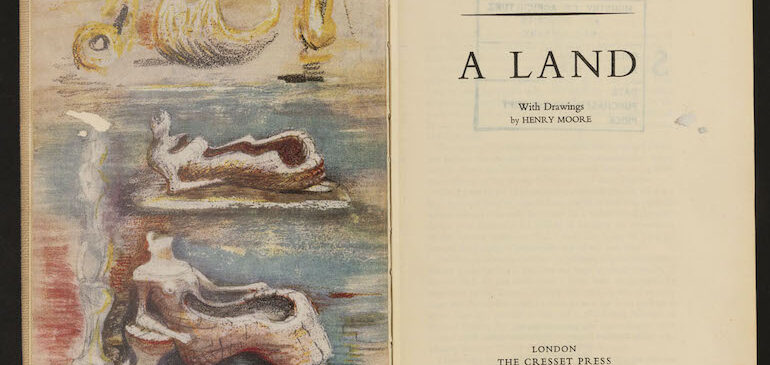
Jacquetta Hawkes, A Land (London: Cresset Press, 1951) This book was published just one month after the opening of the Festival of Britain. Its author, Jacquetta Hawkes, was a significant figure in mid-twentieth-century archaeology. In the same year she was also feted for her role as convener of the Festival’s People of Britain pavilion. Her book and Festival […]
Festival Guide
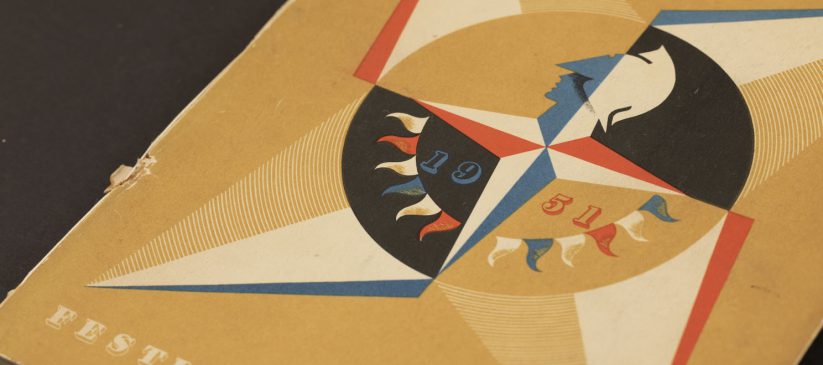
Ian Cox, The South Bank Exhibition: A Guide to the Story It Tells (London: HMSO, 1951) For many visitors who flocked to the Festival of Britain, this souvenir guide book provided a lasting reminder of the key highlights of this national celebration. Adorned with the striking Festival logo designed by Abram Games, the pages inside […]
Festival Logo
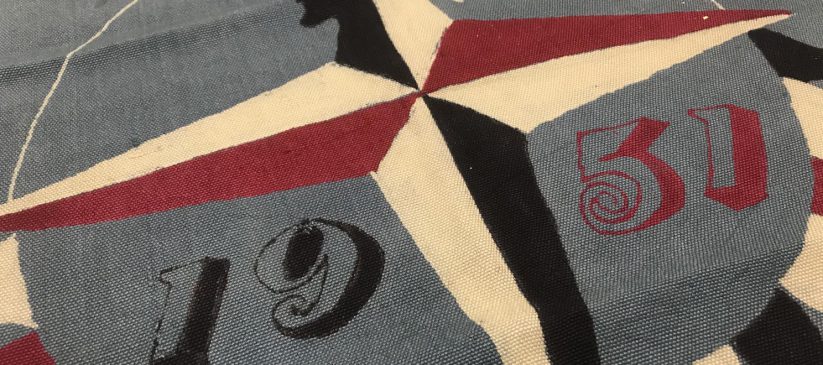
Michael O’Connell, Festival of Britain logo wall-hanging, circa 1951 In 1948, the graphic designer Abram Games won a competition to create a logo for the Festival of Britain. His successful design featured Britannia, bunting, union jack colours, and a compass shape. It combined national pride and the idea of a seafaring superpower with the homely […]
A Land Down Under
Anthropologist and Collections Volunteer Paul Trawick continues his journey of subsoil discovery, exploring the role of land drainage on English farms. In his first post – What Lies Beneath? – he introduced us to these little-known systems. In this installment he elaborates further on their history and how they work… We have already seen how […]
Womens Land Army Uniform
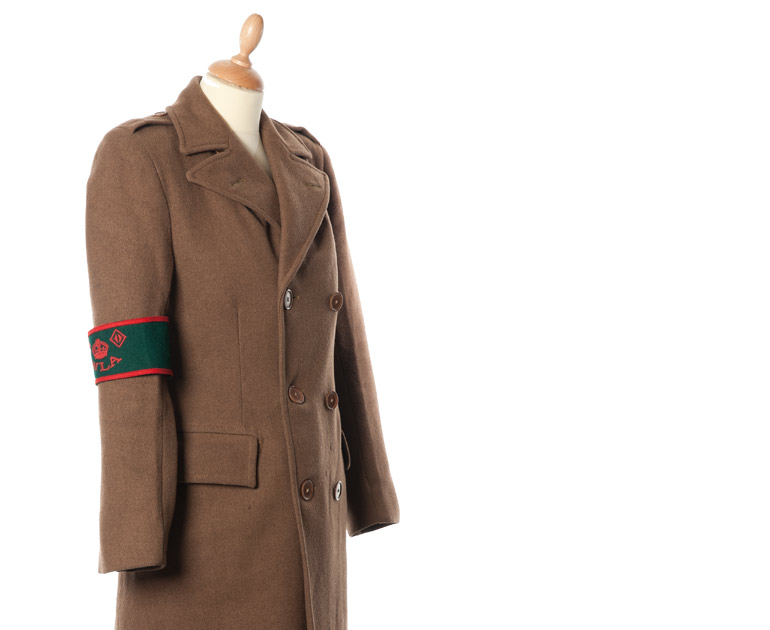
The Women’s Land Army (WLA) was created in 1915 to help farmers cope with the shortage of male labour as a result of the First World War. It was brought back into action for the Second World War, at first as voluntary service and then as a form of conscription. Sceptics did not believe that […]


